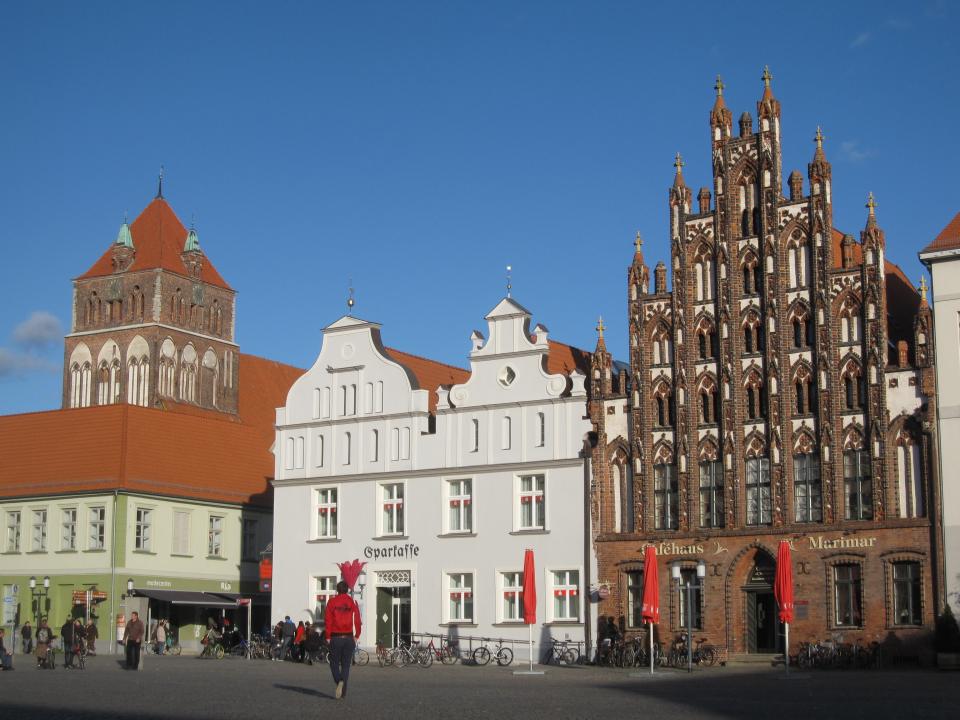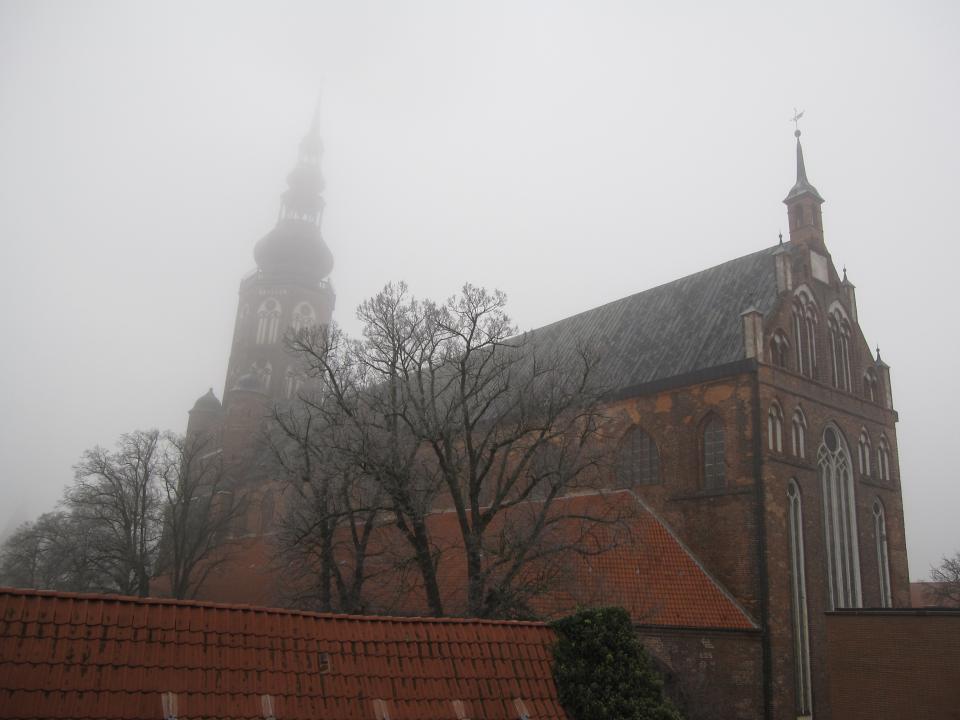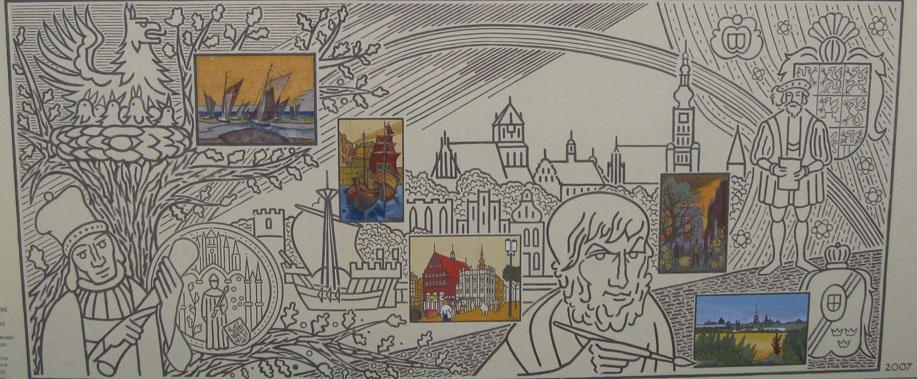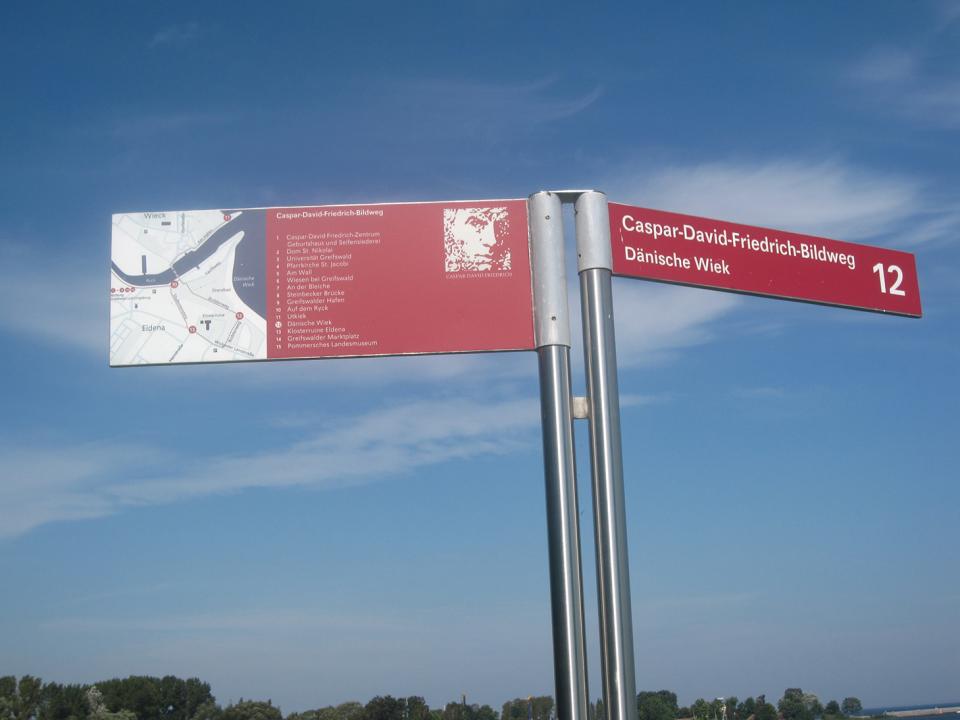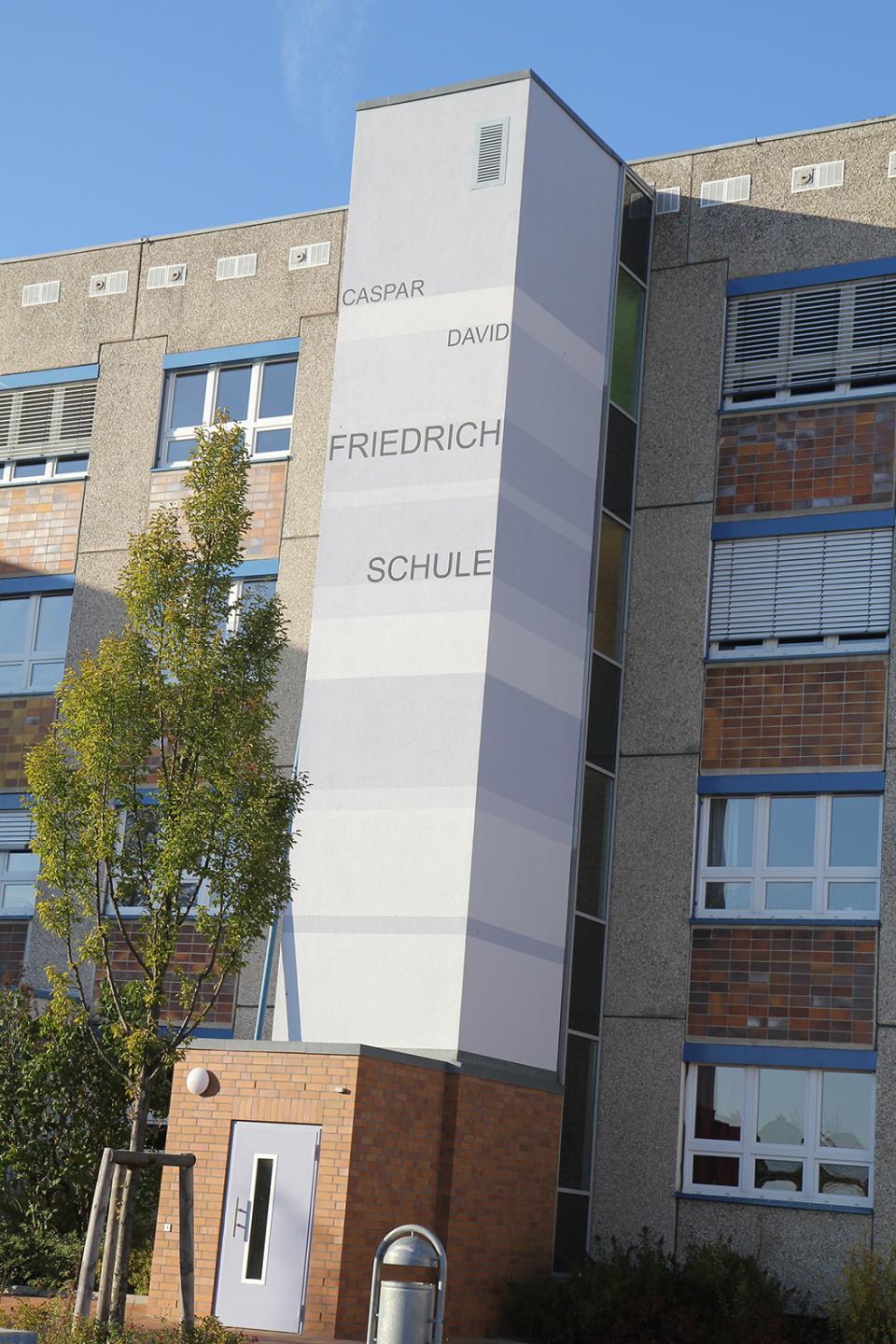Works by this Artist
Cross in the Mountains (The Tetschen Altar)Caspar David Friedrich, 1808 Traveler in a Sea of Fog
Caspar David Friedrich, 1818
Background
Bourgeois - his father was a candle and soapmaker
Studies
With Johann Gottfried Quistorp (1790-94)
With Nicolai Abraham Abildgaard, Jens Juel, and Christian August Lorentzen at Akademi for de Skonne Kunster (Academy of Fine Arts), Copenhagen (1794-98)
Life drawing at Hochschule der Bildenden Künste, Dresden (1798)
Career
1799 – debut exhibition at Dresden Hochschule
1801-02 – meets Philipp Otto Runge in Greifswald
1805 – wins prize at Weimarer Künstfreunde (Weimar Friends of Art) exhibition (organized by Goethe) for Summer Landscape with Dead Oak (Schlossmuseum, Weimar)
1810 – exhibits Monk by the Sea and Abbey in the Oakwood at Berlin Akademie; becomes Akademie member
1823 – shares apartment with Norwegian landscape painter Johann Christian Dahl
1824 – appointed professor at Akademie der Bildenden Künst, Dresden
1835 – suffers a stroke; stops painting, but continues working in sepia
1838 – last works exhibited at the Dresden Akademie
Travels
Copenhagen (1794-98); frequent visits to Pomerania, Bohemia, the Harz mountains. Friedrich spent most summers on hiking and sketching expeditions.
Commissions from
Frederick William IV, Frederick William III (kings of Prussia); Nicolas I (Tsar of Russia)
Important ArtworksMonk by the Sea, 1810 (Nationalgalerie, Berlin)
Abbey in the Oakwood, 1810 (Nationalgalerie, Berlin)
Woman at the Window, 1822 (Nationalgalerie, Berlin)
Sea of Ice, 1823-24 (Kunsthalle, Hamburg)
Cloister Ruin Eldena and the Riesengebirge (Mountains), 1830-35 (Pommersches Landesmuseum). This is a typical example of how Friedrich created natural looking landscapes from elements geographically far apart. The Eldena ruin is by the Baltic Sea, about 5 kilometers from Friedrich's childhood home in Greifswald. The Riesengebirge are more then 300 kilometers southwest of Greifswald, in the present-day Czech Republic.
See also:Georg Friedrich Kersting, Friedrich in His Studio, 1819 (Nationalgalerie, Berlin) and Friedrich in His Studio, 1811 (Kunsthalle, Hamburg)
Documentation
According to Friedrich:
“The heart is the only true source of art, the language of a pure, child-like soul. Any creation not sprung from this origin can only be artifice. Every true work of art is conceived in a hallowed hour and born in a happy one, from an impulse in the artist’s heart, often without his knowledge.”
Cited in K.K. Eberlein, C.D. Friedrich, Bekenntnisse (Leipzig: Klinkhardt und Bierman, 1924), pp. 126 ff; translated and cited in Lorenz Eitner, Neoclassicism and Romanticism 1750-1850, vol. 2: Neoclassicism and Romanticism (Englewood Cliffs: Prentice Hall, 1970), 54.
Readings
Hofmann, Werner. Caspar David Friedrich. New York: Thames and Hudson, 2000
Koerner, Joseph Leo. Caspar David Friedrich and the Subject of Landscape. New Haven, CT and London: Yale University Press, 1990
Meisel, Victor. “Philipp Otto Runge, Caspar David Friedrich, and Romantic Nationalism,” Yale University Art Gallery Bulletin, vol. 33 (October 1972): 37-51
Mitchell, Timothy. “From Vedute to Vision: The Importance of Popular Imagery in Friedrich’s Development of Romantic Landscape Painting,” The Art Bulletin, vol. 64, no. 3 (September 1982): 414-24
Mitchell, Timothy. “What Mad Pride! Tradition and Innovation in the Ramdohrzeit,” in Janis Tomlinson, ed., Readings in Nineteenth-Century Art. Upper Saddle River, NJ: Prentice Hall, 1996, pp. 36-51
Saul, Nicholas. The Cambridge Companion to German Romanticism. Cambridge and New York: Cambridge University Press, 2009
Vaughan, William. German Romantic Painting. New Haven, CT and London: Yale University Press, 1980
Images
Greifswald. Friedrich's hometown was a wealthy city in the Middle Ages, its Gothic facades are famous.
